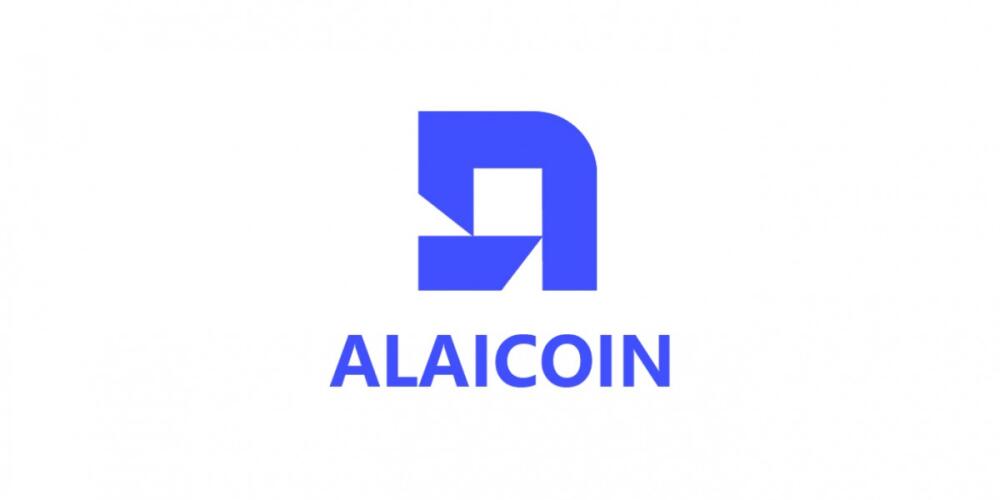
ALAICOIN - Will Bitcoin's Halving Spark Market Consolidation?
The Bitcoin halving event just took place this Monday, effectively reducing the value of each mining block from 12.5BTC to 6.25BTC. Established by Satoshi Nakamoto, the halving event is designed to decrease the supply of Bitcoin in the network, thereby controlling inflation issues.
Bitcoin miners now receive a reward of 6.25BTC, primarily for their role in maintaining the ledger for Bitcoin. Since there is no central institution (such as a central bank or governing body) responsible for checking the balance sheet, anyone can act as a miner to parse the built-in encryption code to ensure the accuracy of the ledger. The Bitcoin network is accurate.
Significant Drop in Bitcoin Miner Revenue
With the halving event, miners will immediately see a significant reduction in income, as the number of new coins minted each day will drop from 1800 to 900, leading to a total income drop from 15 million dollars to 8 million dollars (based on the current Bitcoin price) around 8000 dollars. The decline in income will prompt many unprofitable Bitcoin mining companies to shut down their operations, thus reducing the current computational competition in solving blocks in the network.
However, this remains to be seen, as the recent record for the average computational power required to mine Bitcoin reached a historical high of 121 exahashes per second, surpassing the previous record of 118 EH/s, despite the income decrease, based on data from the Chinese mining pool PoolIn. Nevertheless, it is currently unclear whether companies and miners will be able to keep up with the competition, or if the latest halving event will force smaller businesses out of the market.
Furthermore, with mining rewards halved, miners might have to prioritize the verification of transactions with higher fees. The balance between mining rewards and transaction fees could see serious conflicts, especially if Bitcoin is increasingly seen as a store of value rather than a transferable commodity, further suppressing the miners’ community’s motivation to continue their role.
Will This Affect Bitcoin’s Price?
This halving brings Bitcoin’s inflation rate below the Federal Reserve’s 2% inflation target, making it a deflationary asset. With trillions of dollars flooding the markets, we expect inflation to occur at least in the next 2–3 years. Given the recent coronavirus, Bitcoin’s deflationary nature has started to catch investors’ attention, especially after witnessing how central banks like the People’s Bank of China print fiat currency to alleviate current market conditions (inadvertently causing inflation). Increasing numbers of people diversify their investment portfolios through cryptocurrency investments, as traditional safe havens like the dollar have proven to be unreliable in this context.
Moreover, due to the presence of the derivatives market, this halving event is different from the previous two. The implied impact of the reduced Bitcoin supply can be mitigated through investors utilizing leverage to express their expectations on futures, swaps, and options. The derivatives market gives us a better understanding of Bitcoin’s price trajectory, making both miners and investors feel more secure despite changes in the network.
Besides the coronavirus crisis, it remains uncertain whether Bitcoin can achieve its expectation as a form of digital gold, where Bitcoin’s value increases with scarcity. However, with a known supply schedule and better pricing in the expectations of the derivatives market, we may see better pricing and reduced volatility in Bitcoin’s price.
Oznake
Izdvojeni tekstovi